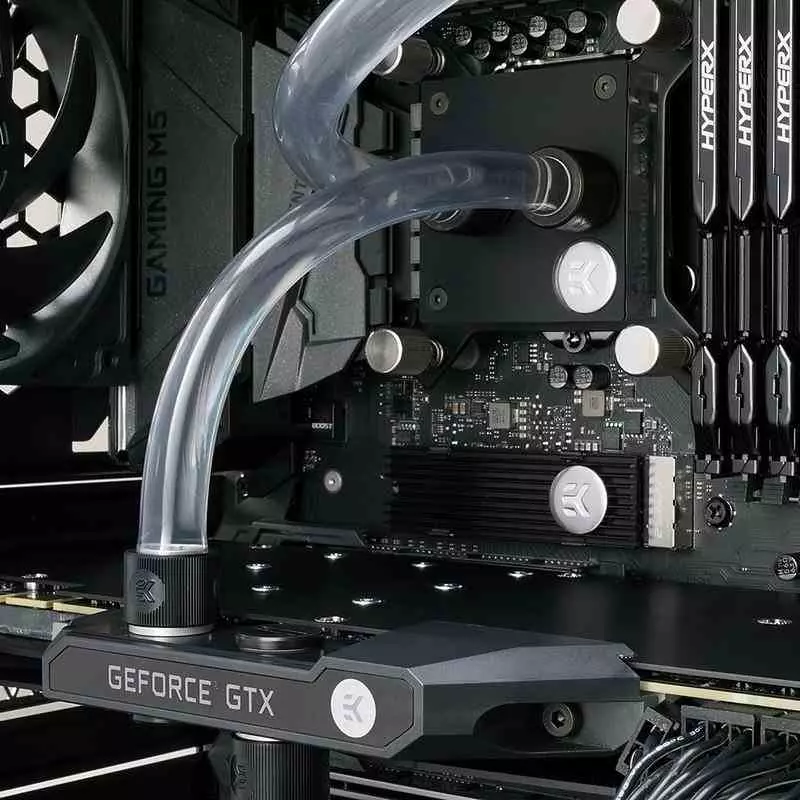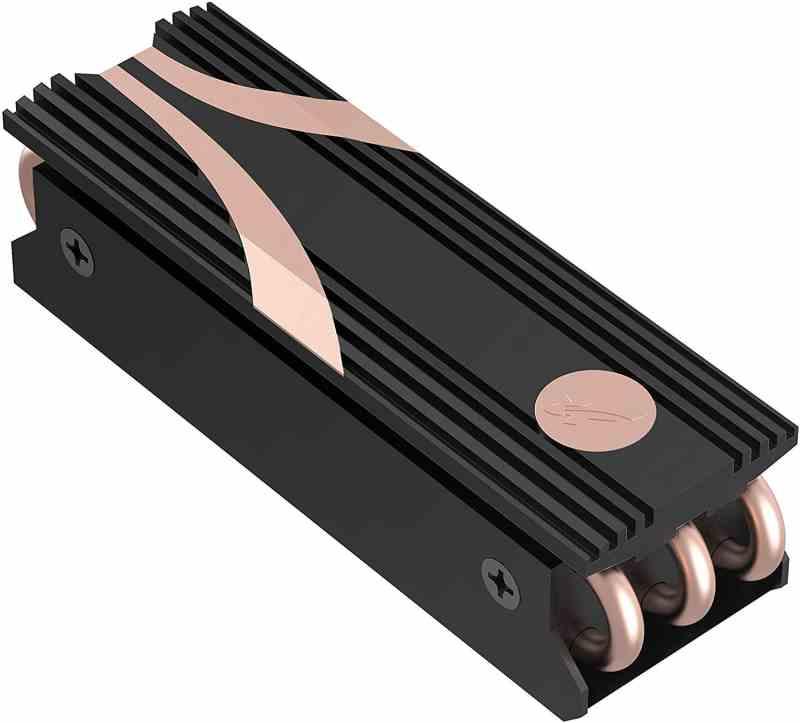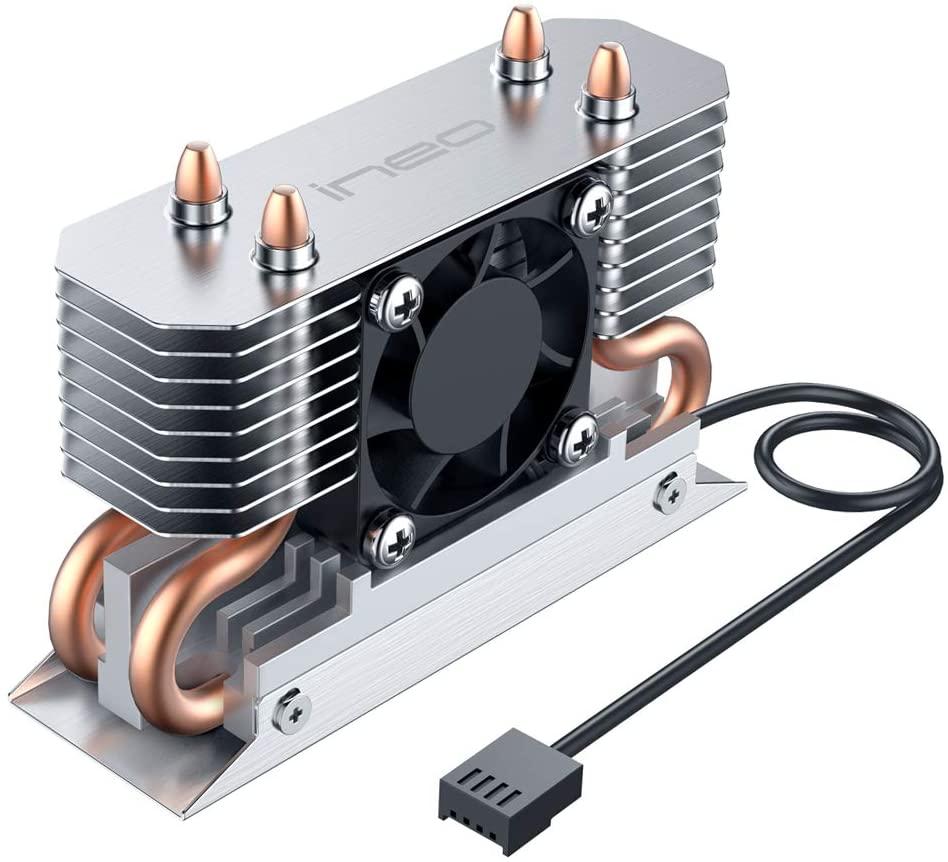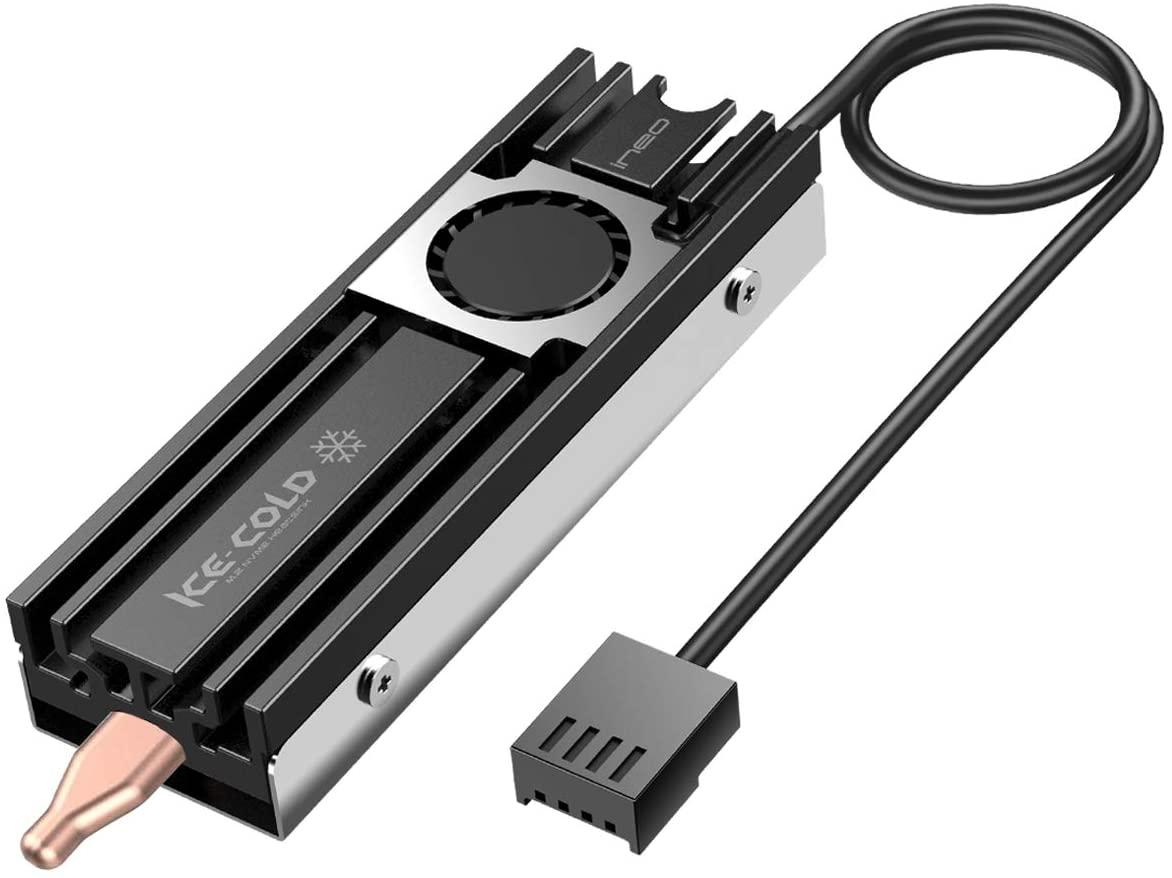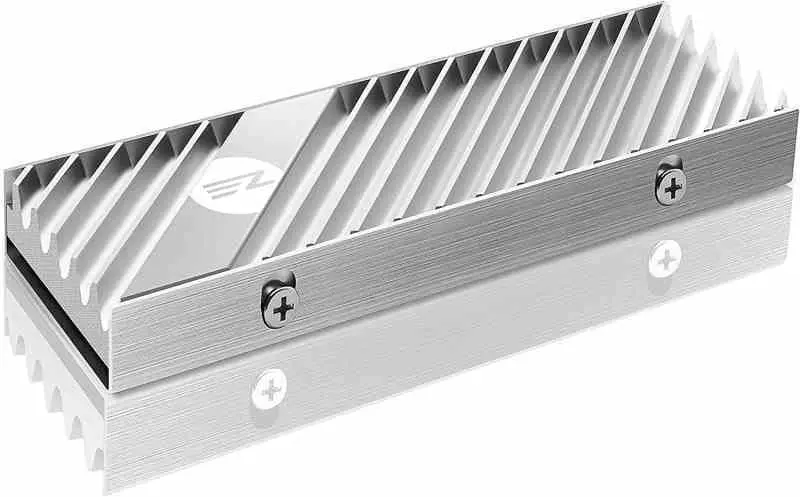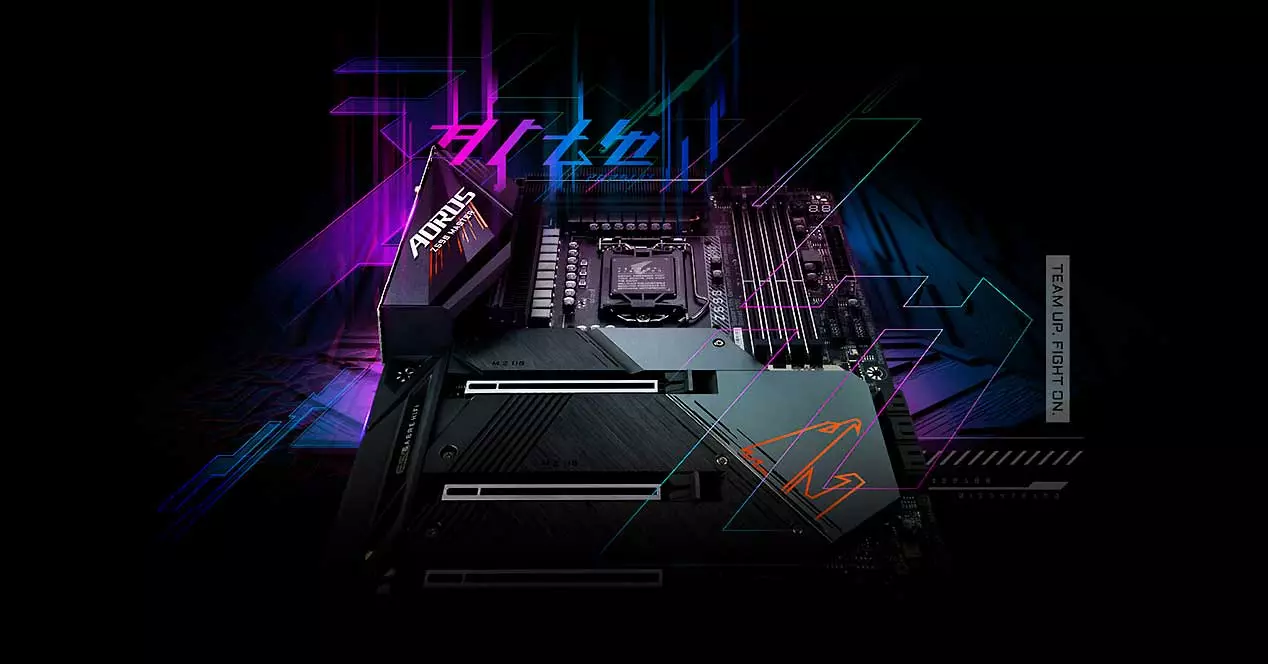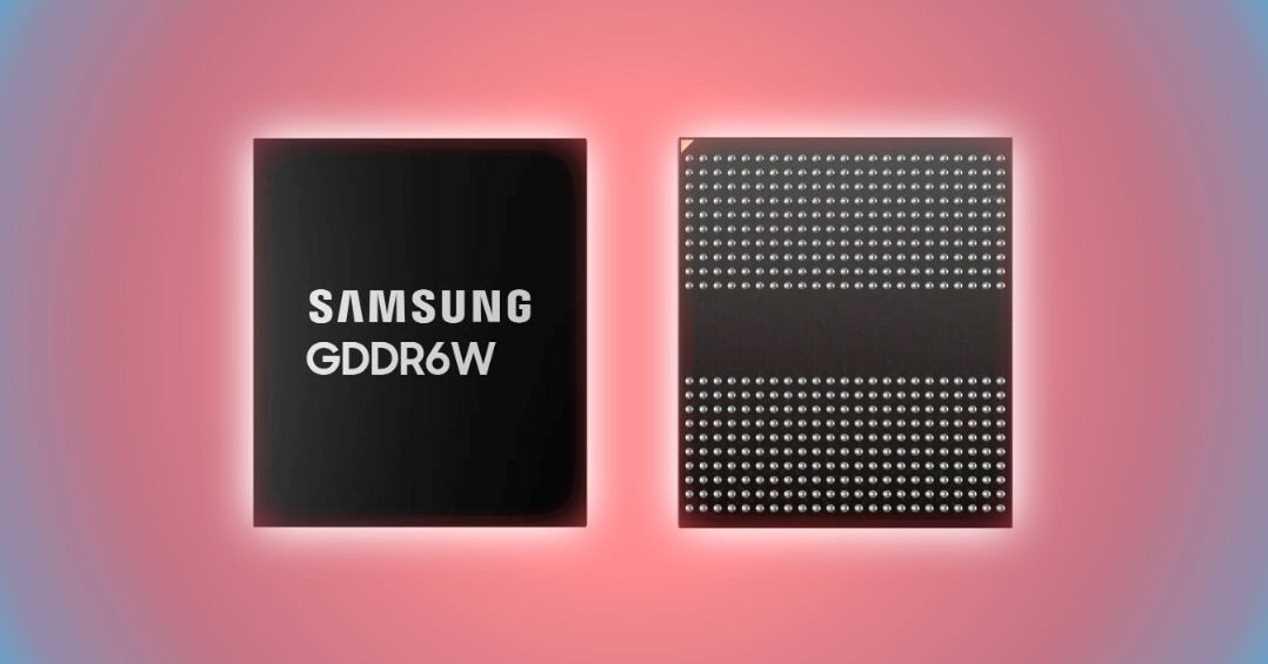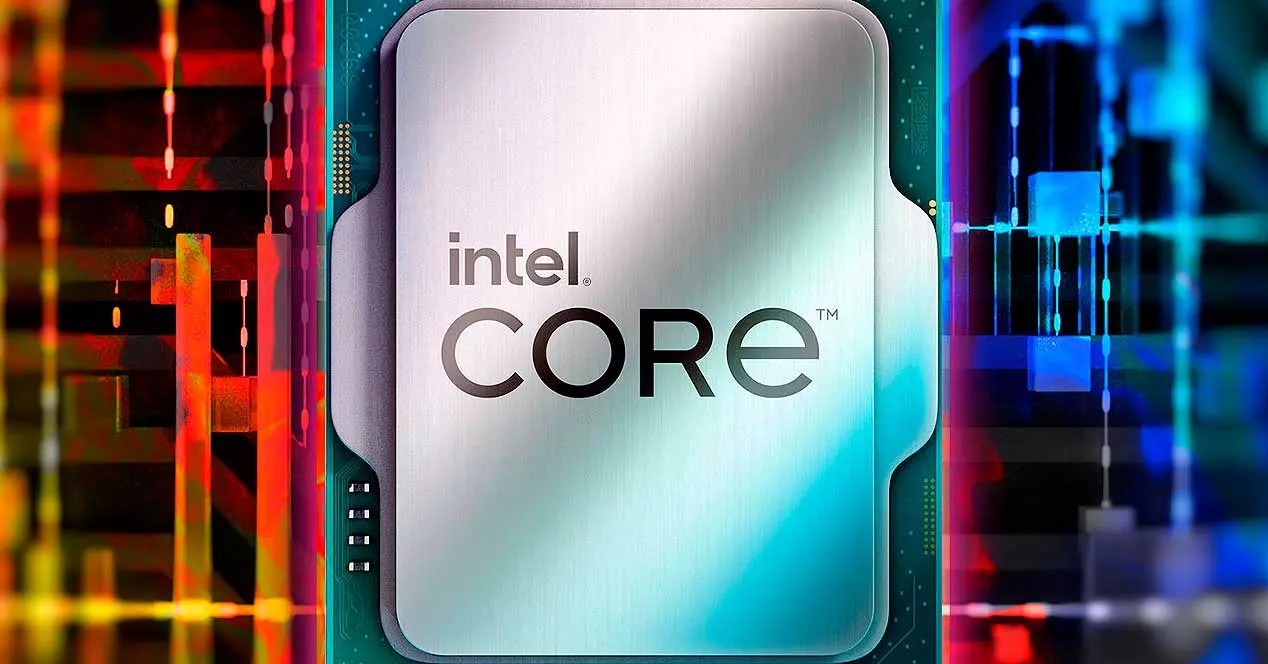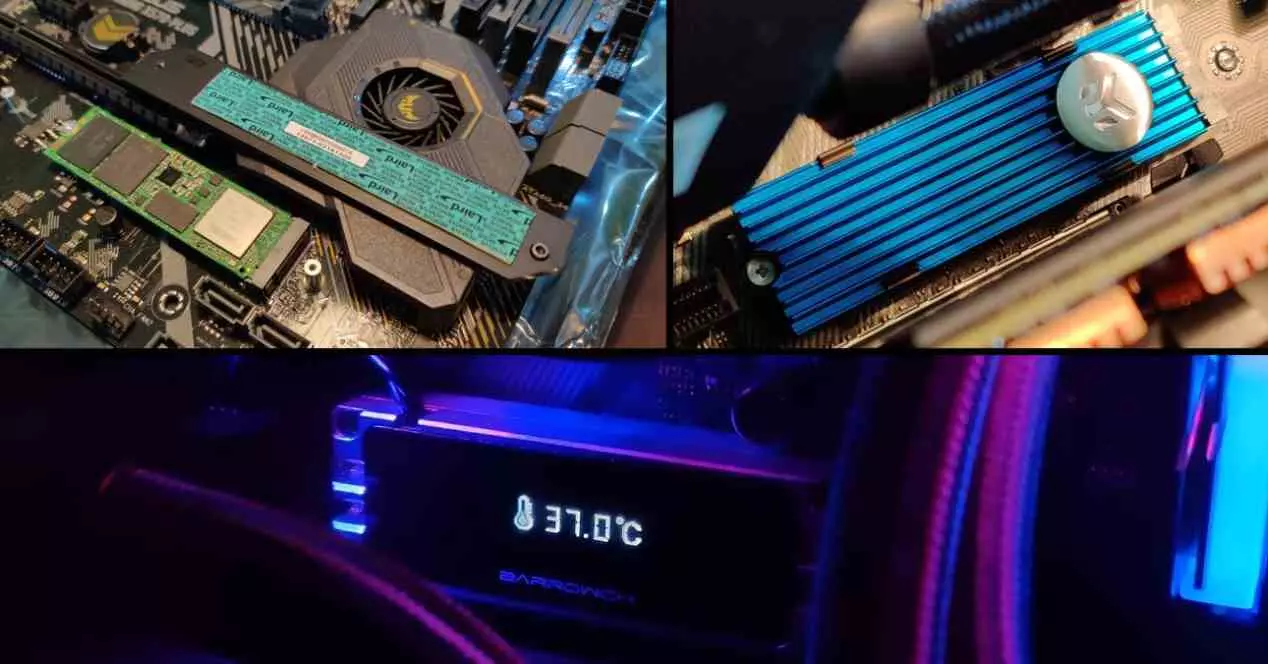
From what we have been explaining to you so far, many of you will have already reached the answer: keep the unit at the right temperature. The objective is none other than to avoid thermal drowning that occurs when a component has too much temperature, since when this occurs, the corresponding countermeasures are activated, which are usually the reduction in clock speed and voltage.
Let’s not forget that the key to the performance of an NVMe SSD is based on two elements, one of them being the flash controller. So if this getting too hot will slow down your clock speed and therefore your performance. So we are interested in the unit not overheating and the best solution is to use a heatsink on the unit.
As time goes by, the methods to cool these storage units will become more complex than a simple heatsink. At the moment, if you have plans to buy an NVMe SSD, we recommend that you accompany it with a good heatsink and more if they use a PCI Express 4.0 interface or a later generation.
What is the best heat sink for our SSD?
Once we have already commented on the reason why we need a heatsink, so that our NVMe SSD is very cool, we have to choose which unit we are going to install. If you are a desktop user you will not have a problem with the size of the heatsink, but if you are using an ultra-thin laptop, the size of the heat sinks for the solid state drive may be limited. If that is the case then we recommend that you look in the specifications of your computer to see what types of SSD heatsinks you can install.
Whatever your PC is like, we have decided to choose a series of different models so that you can choose the one that suits you best.
Sabrent Rockets M.2 2280 SSD
This heatsink for SSD comes in two different colors, totally black and silver, and as you may have deduced from its name, it is designed for 80 mm long units and within those of that type it allows cooling both the one or two sides and is also very easy to install. As for the alloy of this heatsink, this is the classic copper and aluminum alloy, which ensures that the temperature of the solid-state drive remains cool all the time and makes minimal noise as there is no type of fan.
Ineo M.2 2280 Rocket Desktop SSD Heatsink
The first model that we present to you is what we call an overkill, since it is a powerful heatsink for SSDs made up of 4 copper tubes and a powerful 30 mm diameter fan with a 3-pin connector from where we can control the speed of the fan itself. Due to its height, it is a unit that is exclusive to desktop computers, but it is a bet for the future, since it can keep NVMe PCIe Gen 4 SSDs at a temperature close to 40 degrees all the time.
It is, therefore, a purchase that will not only serve you for current solid state drives, but also for the future. Although we put it in second place due to the fact that it cannot be used on laptops, which for us is an important point.
Ineo Aluminum M.2 SSD Heatsink
If we don’t mind the noise that the 20 x 20 mm fan can make and with a capacity of rotation of 1,000 revolutions per minute, then this Ineo SSD heatsink is the best solution of all. As for the dissipation capacity, this is based on the combination of aluminum and silicon thermal pads and, therefore, does not have the same dissipation capacity as the previous models, hence the use of the fan, in exchange for not using copper on the heatsink this is a bit cheaper.
Like the other Ineo model that we have talked about in this article, we can connect the fan to a 3-pin connector and thereby improve the thermal dissipation capacity in exchange for a little additional noise or have a completely silent system.
EZDIY-FAB M.2 2280
Our last option is a silver-colored heatsink made of double-sided silicon that will be ideal for both laptops and the PS5 console, and we have chosen it despite the fact that it has lower performance than the rest due to the fact that it is more accessible and have a much smaller height than the other three examples. So if you have a laptop where the height of the heatsink is an impediment to installing it on your laptop, this is a good option.
